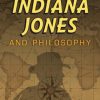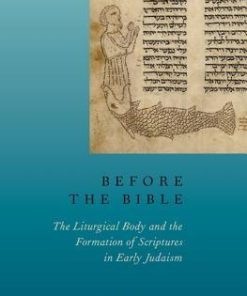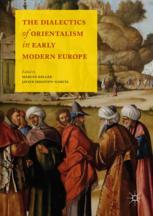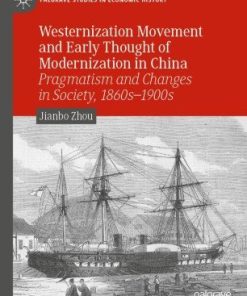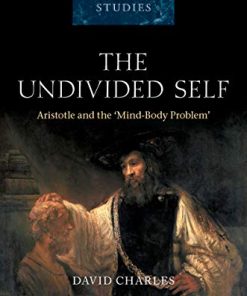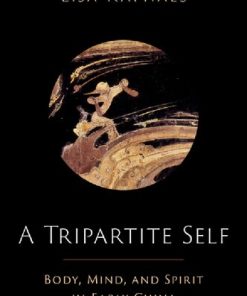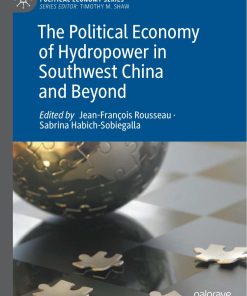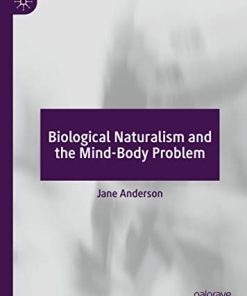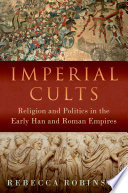(EBOOK PDF)Mind and Body in Early China Beyond Orientalism and the Myth of Holism 1st edition by Edward Slingerland 9780190842321 0190842326 full chapters
$50.00 Original price was: $50.00.$25.00Current price is: $25.00.
Mind and Body in Early China Beyond Orientalism and the Myth of Holism 1st edition by Edward Slingerland – Ebook PDF Instant Download/Delivery:9780190842321, 0190842326
Full download Mind and Body in Early China Beyond Orientalism and the Myth of Holism 1st edition after payment
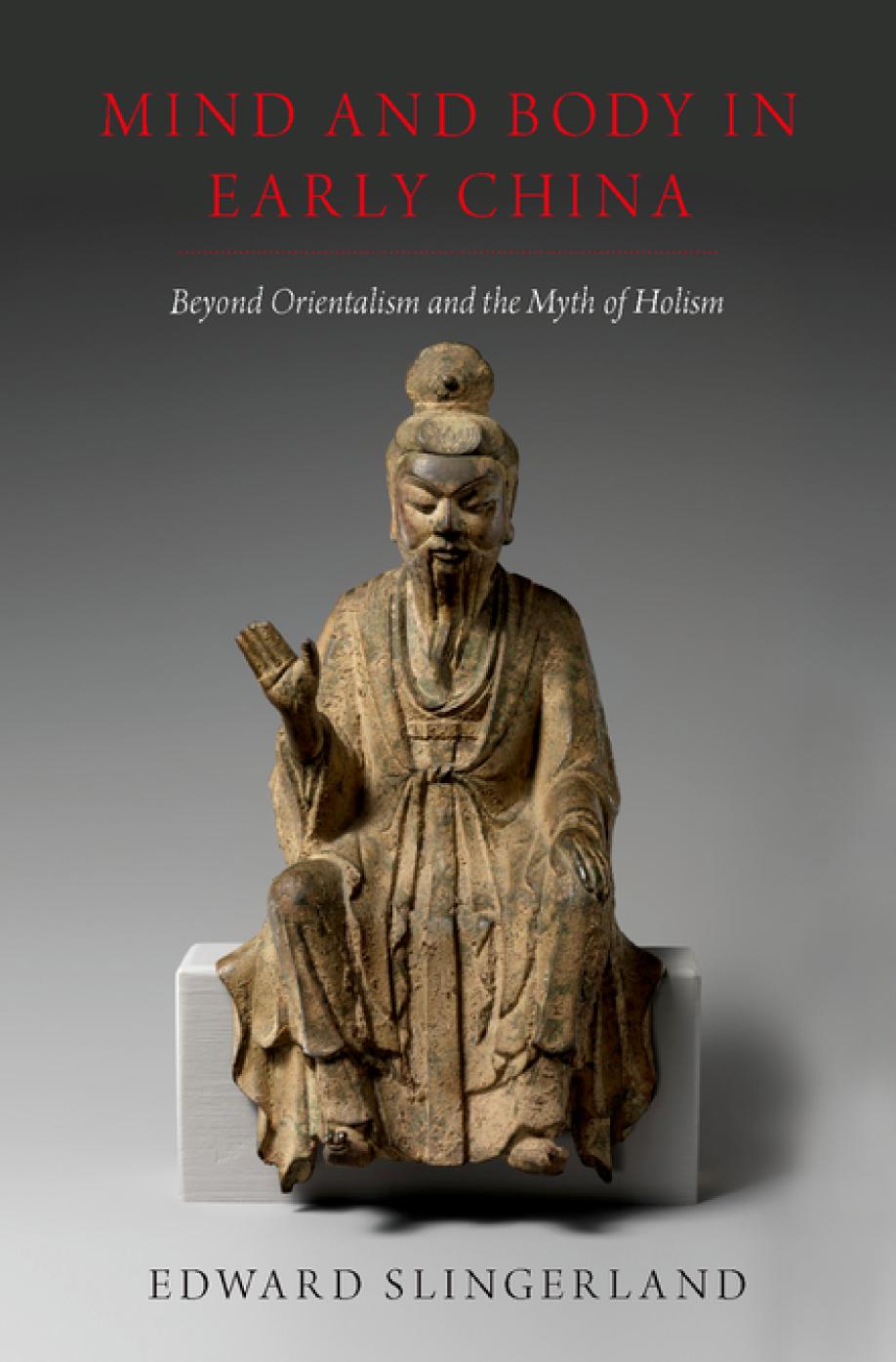
Product details:
• ISBN 10:0190842326
• ISBN 13:978019084232
• Author:Edward Slingerland
Mind and Body in Early China
Beyond Orientalism and the Myth of Holism
Mind and Body in Early China critiques Orientalist accounts of early China as the radical, “holistic” other. The idea that the early Chinese held the “strong” holist view, seeing no qualitative difference between mind and body, has long been contradicted by traditional archeological and qualitative textual evidence. New digital humanities methods, along with basic knowledge about human cognition, now make this position untenable. A large body of empirical evidence suggests that “weak” mind-body dualism is a psychological universal, and that human sociality would be fundamentally impossible without it.Edward Slingerland argues that the humanities need to move beyond social constructivist views of culture, and embrace instead a view of human cognition and culture that integrates the sciences and the humanities. Our interpretation of texts and artifacts from the past and from other cultures should be constrained by what we know about the species-specific, embodied commonalities shared by all humans. This book also attempts to broaden the scope of humanistic methodologies by employing team-based qualitative coding and computer-aided “distant reading” of texts, while also drawing upon our current best understanding of human cognition to transform our basic starting point. It has implications for anyone interested in comparative religion, early China, cultural studies, digital humanities, or science-humanities integration.
Mind and Body in Early China Beyond Orientalism and the Myth of Holism 1st Table of contents:
1. The Myth of Holism in Early China
Neo-Orientalist Conceptions of Chinese Holism
Ideograph versus Logograph
Concrete versus Abstract
Immanent versus Transcendent
Cause versus Resonance
Reality versus Appearance
Essence versus Process
Strong Mind-Body Holism
Lack of Psychological Interiority
No Conception of the Individual
No Conception of the Soul, Afterlife, or “Other World”
Internal Evidence against the General Myth of Holism
External Evidence against the General Myth of Holism
A Preview of the Case against Strong Mind-Body Holism
Part I. Qualitative Approaches to Concepts of Mind and Body
2. Soul and Body: Traditional Archaeological and Textual Evidence for Soul-Body Dualism
Afterlife Beliefs in the Archaeological Record
Textual Accounts of the Afterlife and Soul-Body Dualism
Soul-Body Dualism
The Otherworldly Nature of the Soul(s): “Spirit” (shen 神), Hun 魂 and Po 魄
This World and The Next: The Sacred and the Transcendent in Early China
3. Mind-Body Dualism in the Textual Record
The Metaphysical Xin 心
Xin 心 versus the Body (xing 形, shen 身, ti 體)
Xin versus the Physical Organs
Xin and the Soul: Consciousness, Free Will, and Personal Identity
Xin as Ruler of the Self
Xin as Immaterial Mover
Xin as Locus of Reflection, Free Will, and Moral Responsibility
Xin and Psychological Interiority
From Qualitative to Quantitative
Part II. Quantitative Approaches to Concepts of Mind and Body
4. Embracing the Digital Humanities: New Methods for Analyzing Texts and Sharing Scholarly Knowledge
Basic Quantitative Methods: Keyword Lists and Team-Based Coding
Simple Surveys: Online Concordances (We Have Them, Let’s Use Them)
More Elaborate Techniques: Team-Based Qualitative Coding
New Ways of “Reading” Texts: Semi- and Fully Automated Textual Analysis
Collocation Analysis
Collocation Analysis, Step 1: Semantic Benchmarking
Collocation Analysis, Step 2: Applying the Benchmarks to Xin versus Other Organs
Hierarchical Cluster Analysis
Topic Modeling
New Modes of Scholarly Dissemination: Large-Scale Databases
Digital Humanities: Methodological and Theoretical Reflections
Dumb Machines versus Smart People
The Tyranny of Categories, Questionnaires, and Click-Boxes
Embracing the Digital Humanities
From Internal to External Evidence
Part III. Methodological Issues in the Interpretation of Textual Corpora
5. Hermeneutical Constraints: Minds in Our Bodies and Our Feet on the Ground
Shared Folk Cognition as Hermeneutical Starting Point
Theory of Mind (ToM)
The Folk Are Not Cartesians: “Weak” Mind-Body Dualism
Inner and Outer: The Container Self and the Role of Metaphor
Theory of Mind and Religious Belief
Supernatural Agents
Afterlife and Soul Beliefs
Promiscuous Teleology
Religiosity and the Theory of Mind Spectrum
Embodied Cognition and the Comparative Project
A Naturalistic Hermeneutic
6. Hermeneutical Excesses: Interpretive Missteps and the Essentialist Trap
Interpretive Missteps
The Slide from Difference to Différance
Caricature versus Caricature: Ancient Chinese Essence and The Western Strawman
Theological Incorrectness
Mistaking Argument for Assumption
Fallacy of the Single Meaning and Persuasive Translation
Keeping Scholarship and Theology Separate
Learning From, Without Essentializing
Individual versus Society
Mind versus Body
Reason versus Emotion, Knowing How versus Knowing That
Comparative Thought and Psychic Unity
Conclusion: Naturalistic Hermeneutics and the End of Orientalism
Enough of Gavagai: We Are All Homo sapiens
Taking the Sciences Seriously: Regaining Our Status as a Wissenschaft
Taking the Humanities Seriously: Becoming Full Partners in Academic Debates
Beyond Neo-Orientalism
References
Index
People also search for Mind and Body in Early China Beyond Orientalism and the Myth of Holism 1st:
early china beyond orientalism
orientalism china
chinese orientalism
early orientalism
orientalism chinese
Tags:
Early China,Myth of Holism,Edward Slingerland
You may also like…
Religion & Spirituality - Bible
Before the Bible: The Liturgical Body and the Formation of Scriptures in Early Judaism 1st Edition
Politics & Philosophy - Anthropology
History - Asian History
Politics & Philosophy - Anthropology
Politics & Philosophy - Politics
Biology and other natural sciences - Human Biology
Biological Naturalism and the Mind-Body Problem 1st 2022 Edition Jane Anderson
Religion & Spirituality
Imperial Cults: Religion and Politics in the and Roman Empires Robinson



